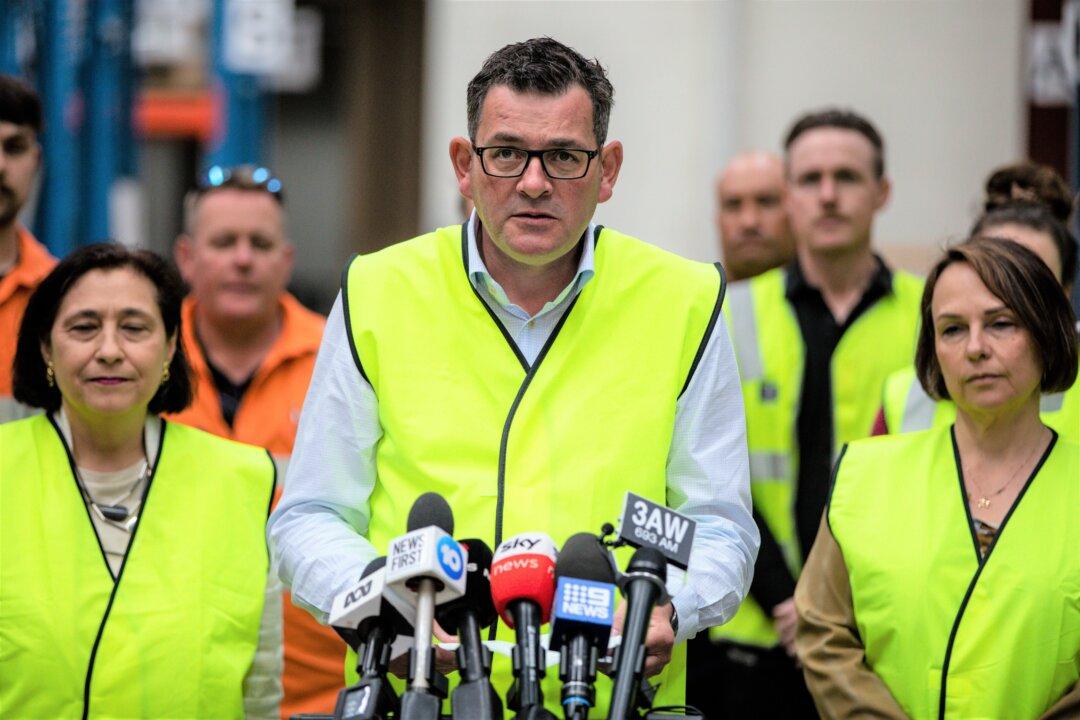A move to pay landowners $200,000 per square kilometre for energy infrastructure imposed on their properties has been labelled a slap in the face.
Residents living in the path of several projects in regional Victoria have previously protested against high-voltage power lines and towers more than 80 metres high and are calling for infrastructure to be placed underground instead.





